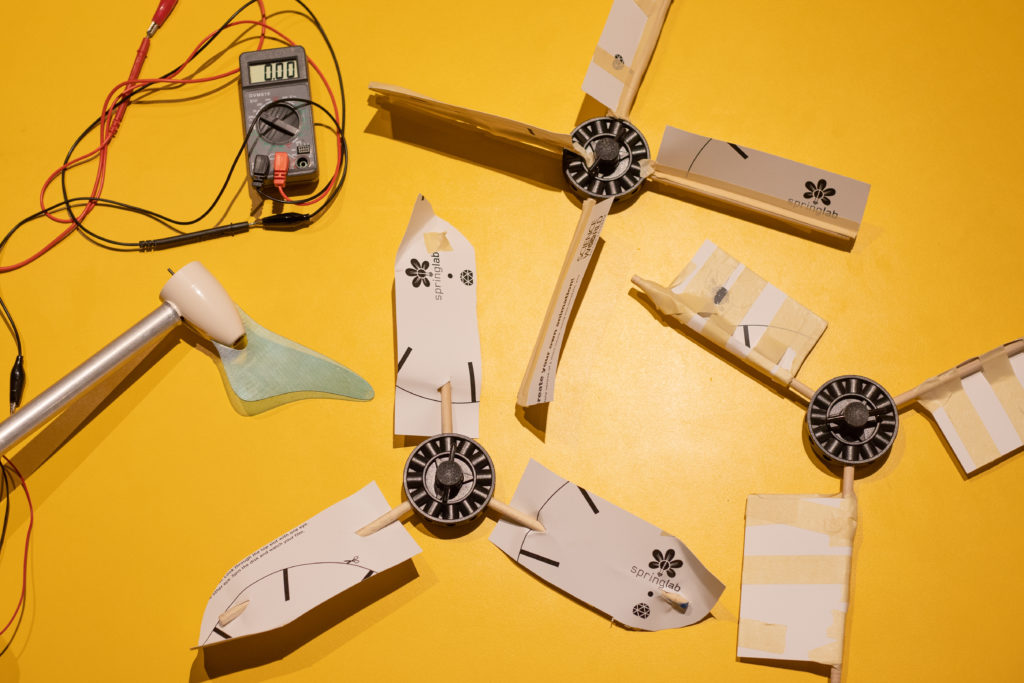In this make and take, students exploit the force of drag to make a parachute that will drop as slowly as possible to the ground. They are encouraged to modify their model to find the design that is the most successful.
When a parachute is released, the weight pulls down on the strings. The large surface area of the parachute material provides air resistance to slow the parachute down. The larger the surface area the more air resistance and the slower the parachute will drop.


